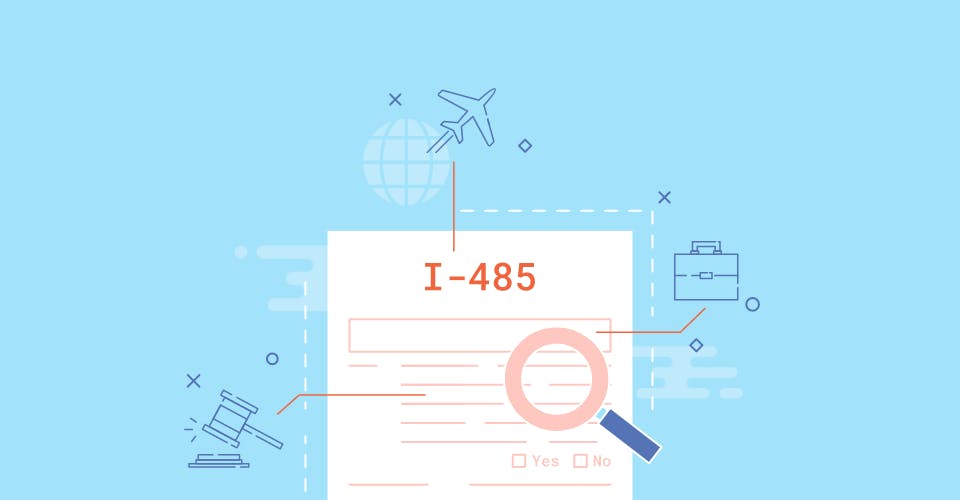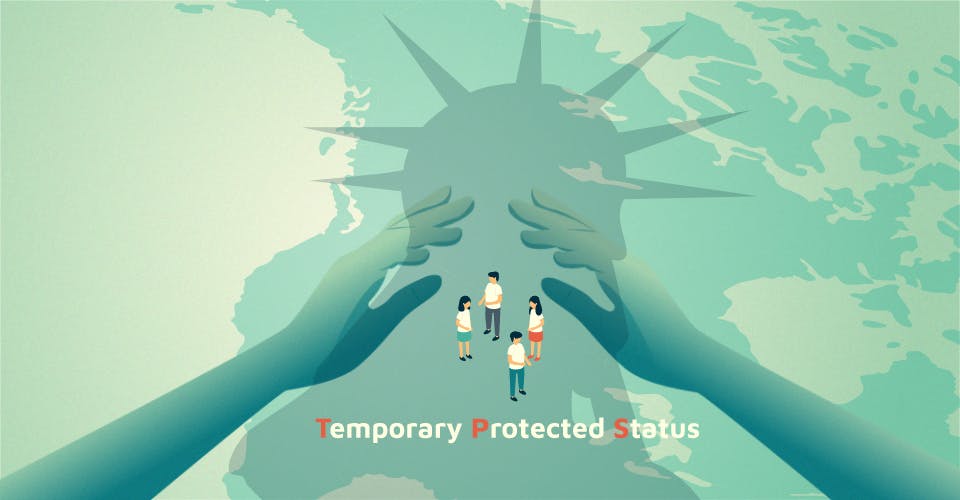The issue of unused family based and employment based visas is not going away anytime soon. There are currently debates on both sides of the aisle regarding “green card recapture” and what it means for the American economy, US citizens and the workforce, but perhaps most importantly immigrants and their family members.
Green card recapture is essentially the process by which the U.S. government, and by extension the USCIS carries over employment based and family based visas from one fiscal year to the next, ensuring that those visas are used up. The only way to get a green card in the United States is through a family based or employment based petition, so the “recapture” method ensures that those who would receive a visa would later go on to file an adjustment of status (I-485 application).
Congress has previously acted to recapture some unused employment-based green cards. The American Competitiveness in the 21st Century Act included a one-time recapture of 130,039 green cards that went unused from 1999 to 2000.[1] Additionally, since the last green card recapture effort in 2005 (part of the REAL ID Act of 2005), an estimated 15,000 green cards have gone unused by via the employment/family based methods of receiving one.[2] Some are wondering whether or not those unused green cards would have an effect on the U.S. economy or not.
What some advocates are saying on the left is that green card recapture is essential for the U.S. economy because it means more visas, and more visas means more jobs filled, especially in a post-Covid economy. However, those against the green card recapture say that filling all of the unused green card slots is essentially discriminating against American workers, and is just a reward for the Big Tech industries.[3] They also cite the fact the quotas used per the employment and family based categories are there for a reason, and that the structure of the INA should remain.
While the argument against American workers has some prevalence, the fact remains that the U.S. needs to increase its working age population in order to support tax revenue, and also other programs like Social Security for older adults who are set to retire soon.[4]
Job Flexibilities
Additionally, the freeing up of green cards would be beneficial for non-immigrants who are already in the United States. According to the 2019 DHS Yearbook of Immigration Statistics, more than 79 percent of employment-based immigrants who received green cards adjusted their status from within the United States.[5] In fact, applying for a green card from within the U.S. is one of the most common immigration procedures as immigrants usually need assistance from English speakers in their immediate community/family.
One of the current problems that H1-B recipients have while working in the U.S. is the inability to change jobs internally within their company or switch to a new employer entirely. This means that employees who might be more helpful to companies or teams in different roles are unable to switch because of the way the current immigration system works. However a green card allows permanent residents to easily switch jobs without needing working authorization. Essentially green card recapture would help get rid of some of the logistical and administrative challenges that strain workers who are non-citizens.
Thus green card recapture would be an aid to the American economy by reducing the backlog of immigrant visas firstly, and then allowing such individuals to concurrently file for an AOS. It would also add to the competitiveness of the US job market and help fill some of the thousands of STEM jobs and other specialized jobs that have been unfilled.














